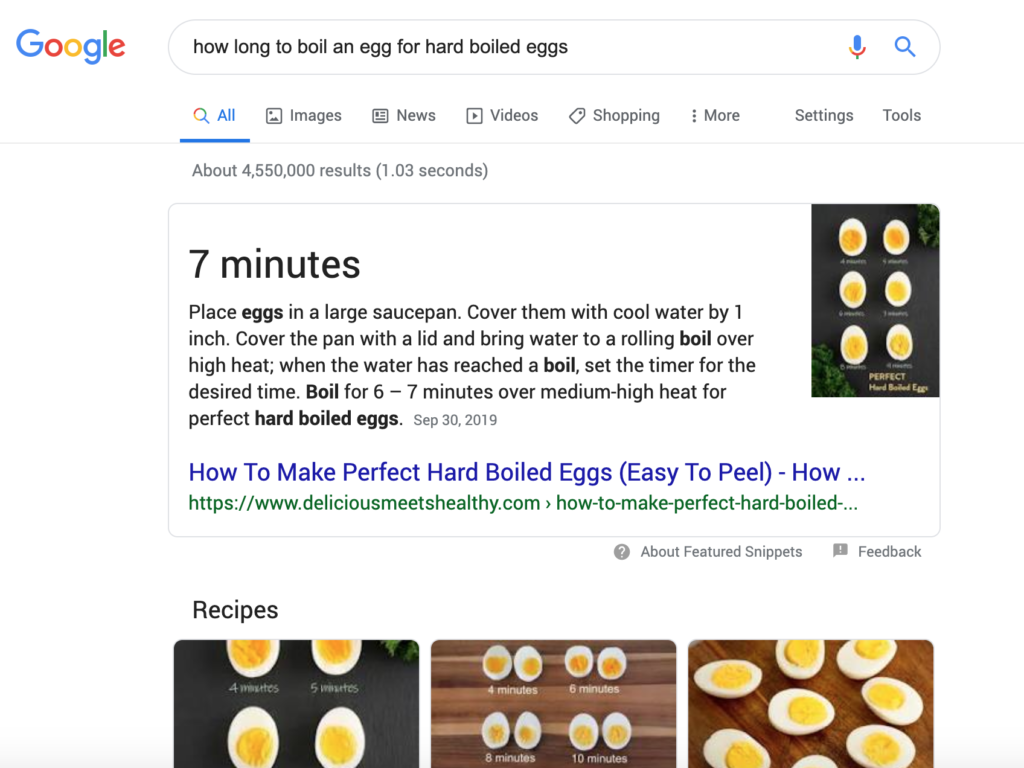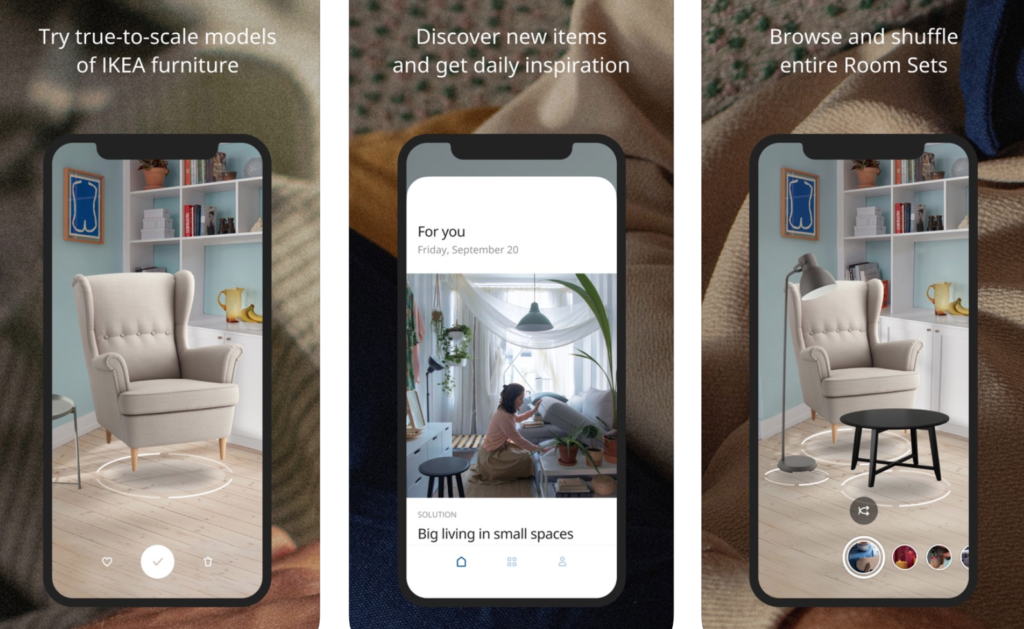
As we look forward to the start of a new year, we’re keeping these digital marketing trends for 2020 top of mind. Changes in technology may dictate the specific tactics we use, but with a strategic, holistic approach to marketing, you can be sure that we never sacrifice results simply for the sake of trying out the latest social media fads.
In 2020, we anticipate that these digital marketing trends will help businesses connect with consumers in deeper and more varied ways. Here’s what you need to know for the coming year:
1. Conversational Marketing
The tools we use to communicate with each other may change rapidly as technology evolves, but listening to your potential customer and responding appropriately to their needs and desires has always been at the heart of a great marketing strategy.
In 2020, we predict that “conversational marketing” will achieve true buzzword status, but it’s really just a new way of describing something timeless. Conversational marketing requires active listening and possibly even some detective work. For example, our community management team for Visit New Orleans was able to increase the time on page for website visits to GoNOLA.com and NewOrleans.com via some effective and innovative social media sleuthing and active listening. By seeking to understand what the Visit New Orleans online community was really interested in, we were able to point them in the right direction and keep them fully engaged.
Conversational marketing and active listening can happen via effective community management on social media as well as on other platforms. Website chatbots like those provided by Drift or Zendesk can help you provide answers and understand the questions and concerns of potential clients. Slack channels for product users and Facebook groups created for raving fans can offer a direct line of communication between consumers and business owners. They can also be a great way to reward VIP customers and make them feel extra special.
2. Winning at SEO with Position Zero
As Google seeks to answer what people are searching for directly in the search results, it’s no longer good enough to be the top ranking search result. Now there’s “Position Zero” to compete with, also know as the featured snippet.
You’ve probably noticed it by now: you search for something like a recipe on how to make the perfect boiled eggs, and your answer appears in the search results, without you having to click through to another website. This is great news for the person searching, but if you’re a brand or business trying to get organic search traffic to your website, things are trickier than ever.

There’s no surefire way to get your content featured in Position Zero, but certain things can help. First off, your website content has to be useful enough to make it to the first page of Google search results. Focus primarily on answering questions and delivering the best possible information to your potential clients or customers. The keyword you are trying to optimize your page for should appear wherever you are answering those questions. Your web page should also use clean, consistent HTML code including clearly formatted headers (especially H2s and H3s) and bulleted or numbered lists.
3. Personalized Marketing
Now that companies are competing for the attention and wallets of 5 distinct generations – Traditionalists, Baby Boomers, Generation X, Millennials, and Gen Z – personalized marketing is more important than ever. This summer, we worked with New Orleans and Company once again on their annual “Stay & Play” summer tourism campaign. We created different brand awareness video ads that were targeted to specific family, Millennial, and Gen X/Baby Boomer audiences. Users who viewed the first set of ads were then re-targeted with ads highlighting summer deals that were customized for their demographic group.
Personalization and segmentation of your audience can go beyond basic demographic data like age range, gender, or geographic location, however. Online advertising platforms like Facebook and Google make it possible for us to target consumers by interests and psychographics as well as demographics. When paired with creative short-form video, written copy, photography, and graphic design elements, this powerful segmentation can pay off big for advertisers. A funnel-based ad strategy, regular monitoring, and monthly reporting on your ad campaigns means that you’re always on track to meet your marketing goals.
4. Virtual Reality and Augmented Reality
No longer confined to the realm of science fiction or video games, virtual reality (VR) and augmented reality (AR) are becoming more and more mainstream, and they increasingly offer new ways for brands to connect with consumers.
AR is particularly appealing to brands, as it allows potential customers to “try out” products or experiences that are digitally overlaid on top of real life locations. For example, home decor brands like IKEA are creating AR apps so that customers can see how a piece of furniture might look in their home.

Many beauty companies, like Sephora, Estée Lauder, and Lancôme, are taking advantage of AR tools to let customers try out lipsticks and nail polishes virtually before purchasing. Local brand Pet Krewe, which sells costumes for dogs and cats, created the free Pet Krewe GO app, which lets users create magical backdrops which pair perfectly with the costumes they sell for fun branded photo opportunities.
What’s your vision for 2020?
What are your business goals for 2020? Is your marketing strategy up to date, or could it use a strategic focus for the New Year? From paid search advertising to email marketing campaigns to social media community management, we can help!
Contact us to learn more about partnering with us in 2020.
